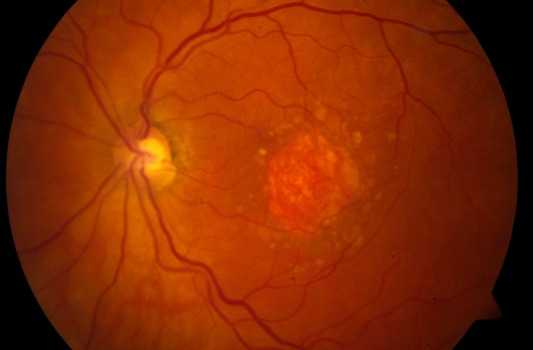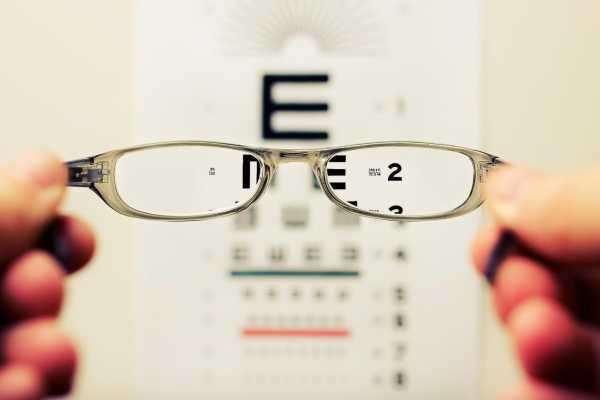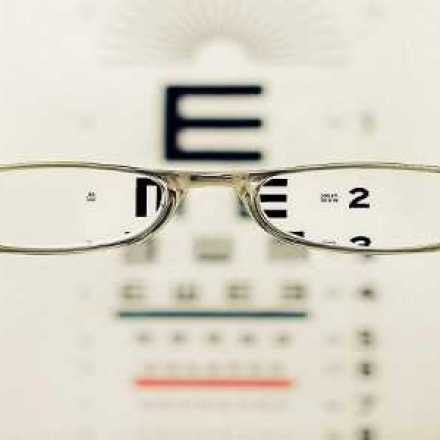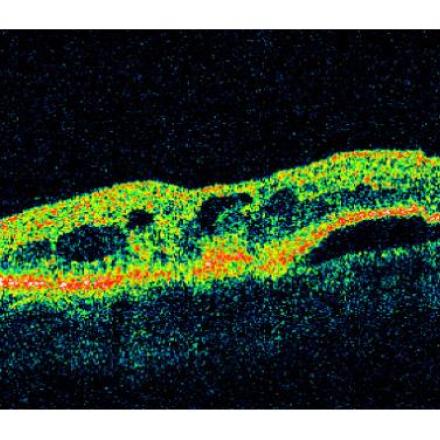
New treatment for dry macular degeneration
Zimura injection is complement C5 inhibitor for the treatment of geographic atrophy secondary to Dry Age-Related Macular Degeneration. Zimura was evaluated in a pivotal phase 2b trial.
What is Dry AMD
Age related macular degeneration is a progressive disease of the retina that leads to gradual irreversible loss of vision among people over 50 years over age. It has two types, wet and dry.
Dry AMD is the most common type and it is characterized by slowly progressive loss of retinal pigment epithelial and photoreceptors cells of the retina, causing distorted and blurred vision.
The advanced stage of Dry AMD is called Geographic atrophy and the patient loss his central vision.
What is the role of Complement C5 in Dry AMD
The complement system is a part of the immune system and it defends the human body against foreign pathogens. This system has many triggers and it consists of three pathways. Classical, alternative and lectin pathway. Sometimes over stimulation of the complement system can cause ocular inflammation.
The alternative pathway of complement system plays a major role in the pathogenesis of age-related macular degeneration. Complement C5 is immunomodulatory and breakdown of complement C5 leads to the formation of C5a and C5b. Complement C5a activate inflammasome while Complement C5b triggers the formation of membrane attack complex (MAC). Both Inflammasome and MAC can form pores in the cell membrane causing cell lysis and death.
What is Zimura
Zimura is a noval complement C5 inhibitor that can reduce the growth of geographic atropy in patients with dry AMD. It binds to Complement C5 and block its breakdown into C5a and C5b.
By blocking the formation of complement system C5a and C5b, Zimura decreases the activation of inflammasomes and the formation of membrane attack complex (MAC). This mechanism of action could prevent death degeneration of RPE cells and reduce the growth of geographic atrophy.
The outcomes of clinical Trials of Zimura over 12 months on 286 patients
1- The benefit from 1 mg was less than from 2 mg, but the benefit from the 2 mg and 4 mg doses was almost similar
2- Zimura 2 mg showed a mean reduction in geographic atrophy growth of 27.38% at 12 months compared with the sham group (P = .0072). Those who received Zimura 4 mg experienced a mean reduction of 27.81% compared with sham (P = .0051).
3- Those in the Zimura 2 mg group showed a mean change in best corrected visual acuity of –7.90 ETDRS letters from the baseline compared with –9.29 letters in the sham group.
4- Change in low luminance Best Corrected Visual Acuity (BCVA) from baseline was –1.03 letters in the 2 mg group compared with –1.41 letters in the sham group
5- The incidence of choroidal neovascularization (CNV) in the fellow untreated eye was 10 patients (3.5%), and in the study eye was 3 patients (2.7%) in the sham control group, 6 patients (9.0%) in the Zimura 2 mg group, and 8 patients (9.6%) in the Zimura 4 mg group. These CNVs don’t seem to leak fluid but at least during the 12 months of the study, they were well tolerated and may in fact be a response to the ischemia changes associated with geographic atrophy. Anti VEGF can be used to treat these CNV once they started to leak fluid or cause negative impact on vision.








